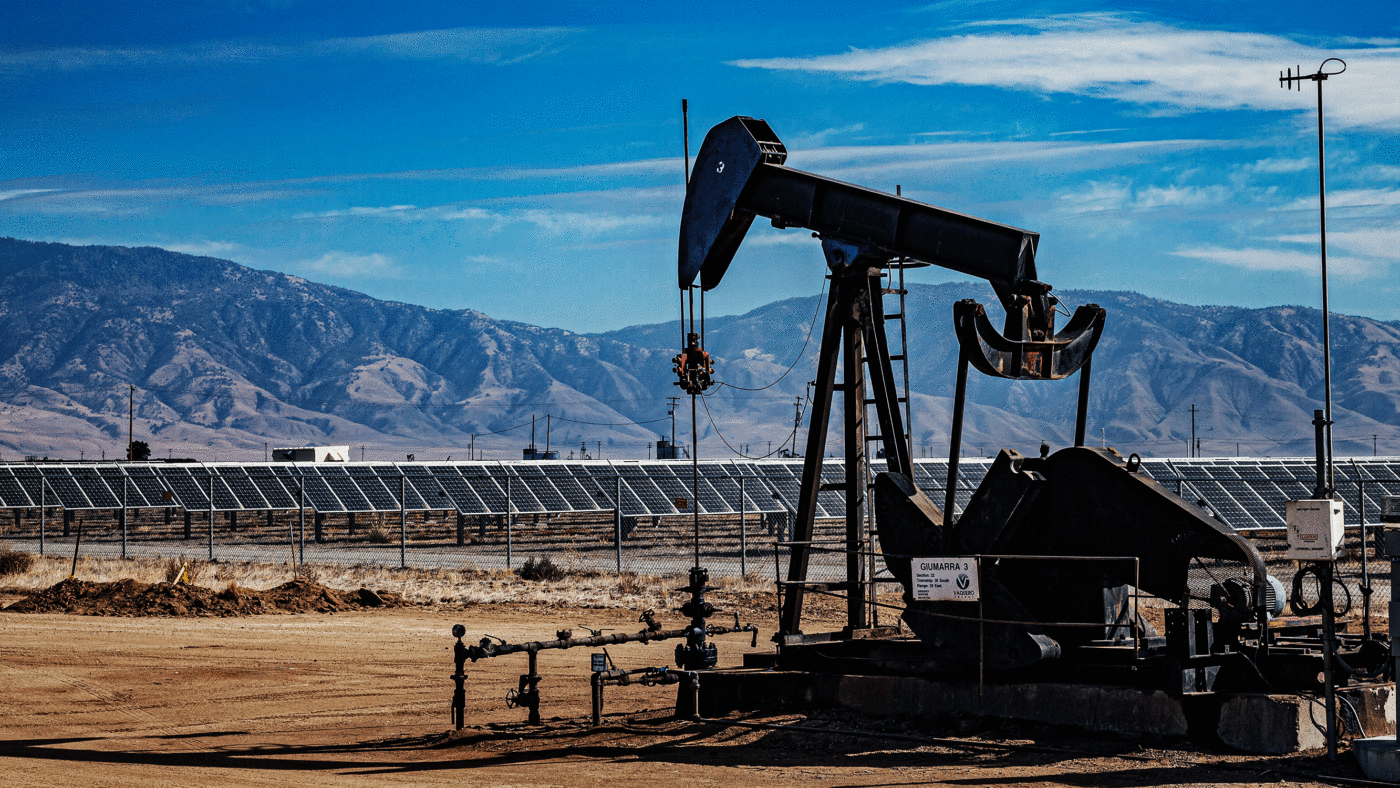‘Just Stop Oil’, cry the protesters as hundreds of England’s petrol stations run dry and campaigners demand an end to all new oil and gas projects. Whether or not to explore for new hydrocarbons may now be the hottest of political issues, but there was a time when the question was not if we should drill for oil, but whether there would be anything left to drill at all.
In 1960, Vance Packard’s bestselling book The Waste Makers predicted that US petroleum supplies would last no more than 13 years at the existing rate of usage. Back then the stock consisted of roughly 32 billion barrels. To Packard’s surprise, by 1973 the petroleum stock had not only not decreased but had actually increased to more than 36 billion barrels, although the rate of usage had gone up too.
A German tale by the Grimm brothers comes to my mind, where a poor young girl gets hold of a magical pot that produces an infinite amount of sweet porridge when saying the words ‘cook, little pot, cook’. The oil fields of Venezuela, Norway and Saudi Arabia are no magical fairy tale pots, so how is an increase in known reserves of a scarce resource despite a simultaneous increase in usage possible?
Martin Blunt, Professor of Flow in Porous Media at Imperial College London has an answer to this: ‘The technology used to recover the oil and gas is improving all the time. As your technology improves, you normally discover that you can recover more and more in this field’.
Even then, Blunt explain, the kind of billion-barrel fields developed by the likes of BP and Shell are not guaranteed to produce a healthy return on investment. “It’s not just enough for the oil price to go up today for companies to start investing in new projects,’ he says. ‘They have to be assured that it’s going to stay high for a significant period of time”
Extraction becomes worthwhile once the sale of oil-products such as petrol peaks at a price that justifies spending – and therefore also risking – billions of dollars on generating new supply. The discovery of natural resources is profoundly affected by its present value. Known reserves are not, therefore, simply a matter of how much physical oil there is underground. Current prices are crucial too.
Once the existing supply is used up, rising prices lead to more investments in oil exploration. To assume that rising prices imply that we are on the brink of running out of oil is therefore getting things entirely the wrong way round.
This principle is illustrated perfectly by a now infamous bet made between economist Julian Simon and environmentalist Paul Ehrlich. Simon challenged Ehrlich that a set of any five resources of his choosing would not go up in price over any time period they decided upon. Ehrlich, strongly believing that our growing population would soon outstrip the supply of natural resources, took the bet. They agreed to a period of ten years after which, if the prices had risen, Simon would pay Ehrlich the difference in price. On September 29, 1990, exactly ten years later, the inflation-adjusted price of all five resources had fallen, despite the world experiencing its fastest population growth in history – and Ehrlich sent Simon a cheque for $576.07.
What is all of this supposed to tell us? It certainly has very little to do with sweet porridge or scientific wagers. Prices rise and fall over time. There are many factors causing that to happen, such as the multiple overlapping crises facing the global economy at the moment.
We have been here before though. In the 2000s, the price of oil had shot up to an unprecedented $147 a barrel after years of fluctuating at around half that level, and it seemed like the days of cheap petrol were over. Cue the discovery of enormous new reserves, as Clifford Krauss of The New York Times reported in 2010:
“Just as it seemed that the world was running out of fumes, giant oil fields were discovered off the coasts of Brazil and Africa, and Canadian oil sands projects expanded so fast, they now provide North America with more oil than Saudi Arabia.”
And just as prices seem hopelessly high now, there’s no reason to believe they won’t come down as they have in the past. The same goes for resources like gold, iron and copper too. In the 20th century, iron and steel production expanded enormously, yet their reserves increased many times over – likewise copper, aluminium and lead. As soon as the present value per ton is higher than what it costs for a ton to be extracted and processed, it will pay to discover more – provided we ignore the siren call of the ‘Just Stop Oil’ zealots.
Click here to subscribe to our daily briefing – the best pieces from CapX and across the web.
CapX depends on the generosity of its readers. If you value what we do, please consider making a donation.


